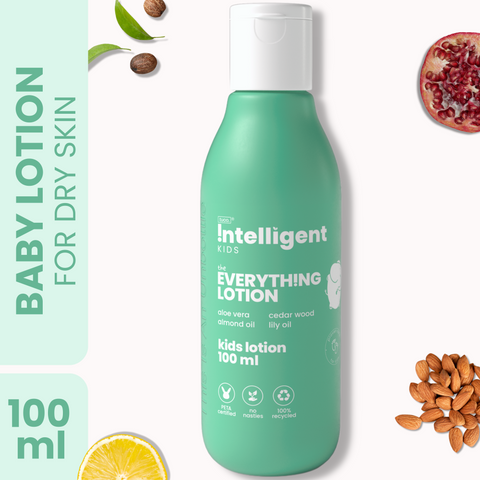
Harmful ingredients commonly found in children's skincare products
Share
In the pursuit of ensuring our children's well-being, we meticulously choose products that claim to be gentle, safe, and nurturing for their delicate skin. However, lurking behind vibrant packaging and enticing promises are harmful ingredients that pose potential risks to our little ones' health. In this comprehensive guide, we unveil the harmful ingredients commonly found in children's skincare products, empowering parents to make informed decisions and safeguard their child's skin.
-
Formaldehyde Releasers: Formaldehyde releasers such as DMDM hydantoin, diazolidinyl urea, and quaternium-15 are often used as preservatives in skincare products. Despite their intended purpose, these sneaky additives release carcinogens over time, posing serious health concerns for children. Parents must be vigilant in scrutinizing product labels and opt for formulations that steer clear of formaldehyde releasers to mitigate potential risks.
-
Fragrance: The allure of pleasant fragrances in skincare products often masks a hidden concoction of chemicals. Parents should beware of these hidden dangers and opt for "fragrance-free" or "unscented" options to minimize the risk of skin irritation and allergic reactions. Prioritizing fragrance-free formulations ensures that children's skincare routines are free from unnecessary and potentially harmful additives.
Here's our range of all natural skincare for kids with effective solutions for kiddy skin concerns!
-
PEG Compounds: Polyethylene glycol (PEG) compounds such as PEG-100 stearate and ceteareth-20 are commonly used in skincare products as emulsifiers and surfactants. However, these compounds are often contaminated with carcinogens, making them a hazardous addition to children's skincare routines. By steering clear of products containing PEG compounds, parents can protect their children from exposure to harmful chemicals and prioritize their skin's health and safety.
-
Mineral Oil: Derived from petroleum, mineral oil is a common ingredient in skincare products, praised for its emollient properties. However, this pore-clogging villain poses potential risks to children's skin health. Opting for plant-based oils over mineral oil ensures that children's skincare routines remain free from potentially harmful additives, allowing their skin to thrive naturally.
-
Synthetic Colors: Synthetic colors, identified by terms such as FD&C or D&C followed by a number, are frequently used to enhance the visual appeal of skincare products. However, these artificial additives can cause skin irritation and allergies, particularly in children with sensitive skin. By opting for natural alternatives, parents can safeguard their children from unnecessary exposure to synthetic colors and prioritize skin health and well-being.
In a world inundated with an array of skincare products targeting children, it's imperative for parents to exercise caution and scrutinize product labels for harmful ingredients. By avoiding formaldehyde releasers, fragrance, PEG compounds, mineral oil, and synthetic colors, parents can prioritize their child's skin health and well-being. Let's embark on a journey towards safer skincare practices for our little ones, ensuring that every product we choose is a testament to our unwavering commitment to their safety and happiness.





